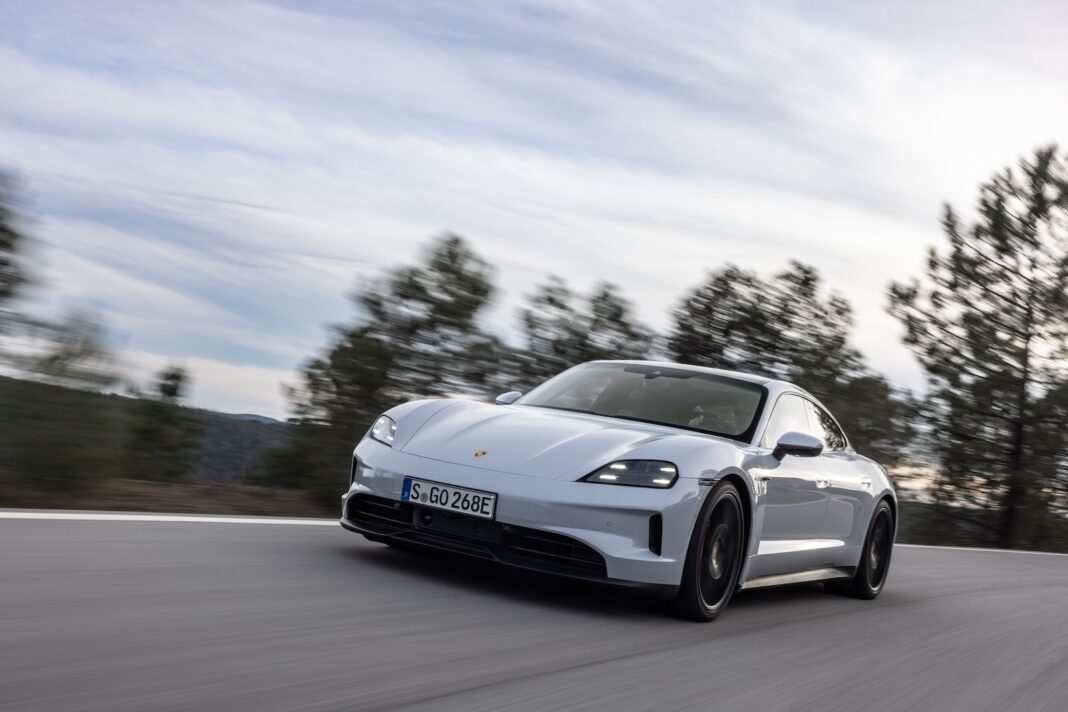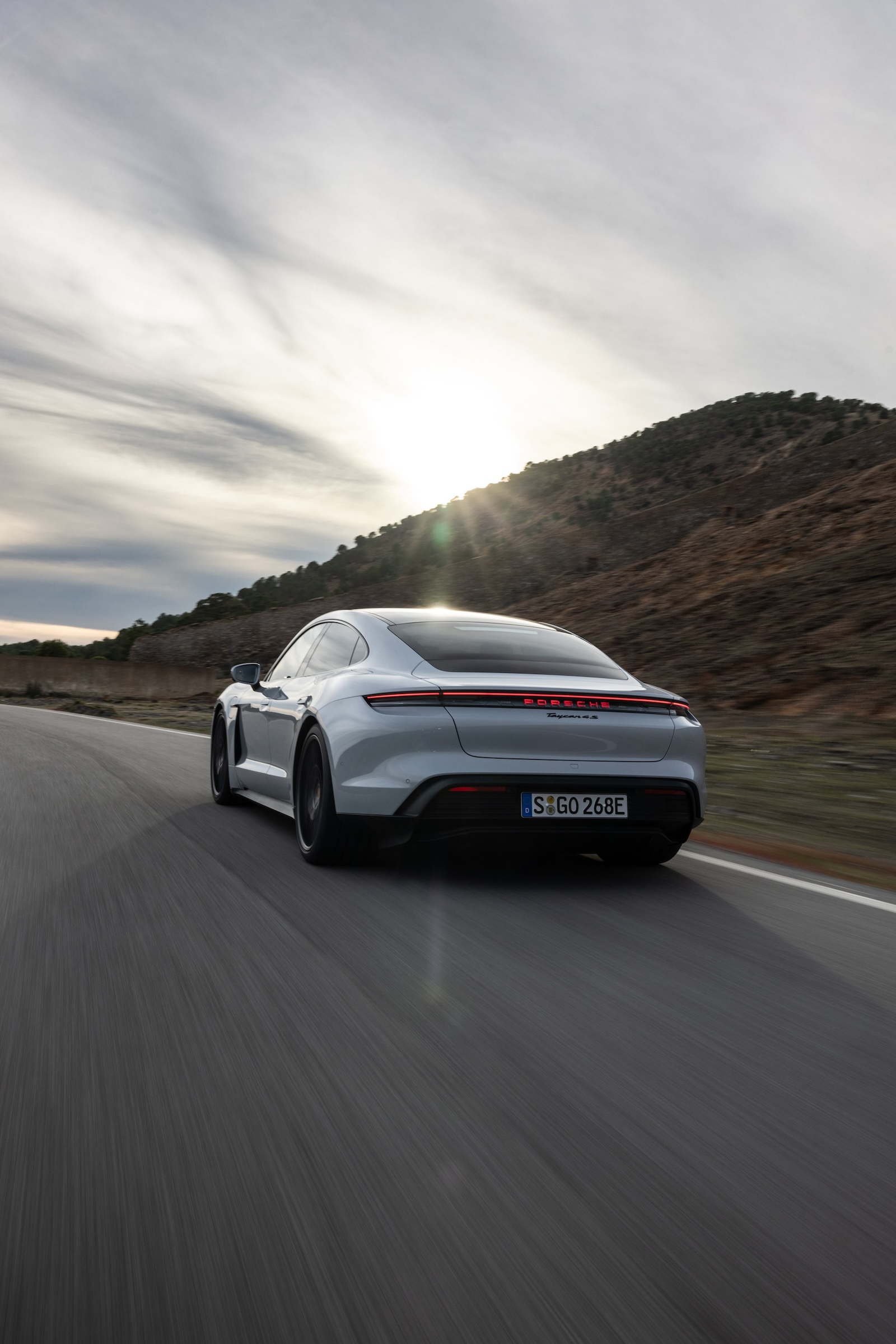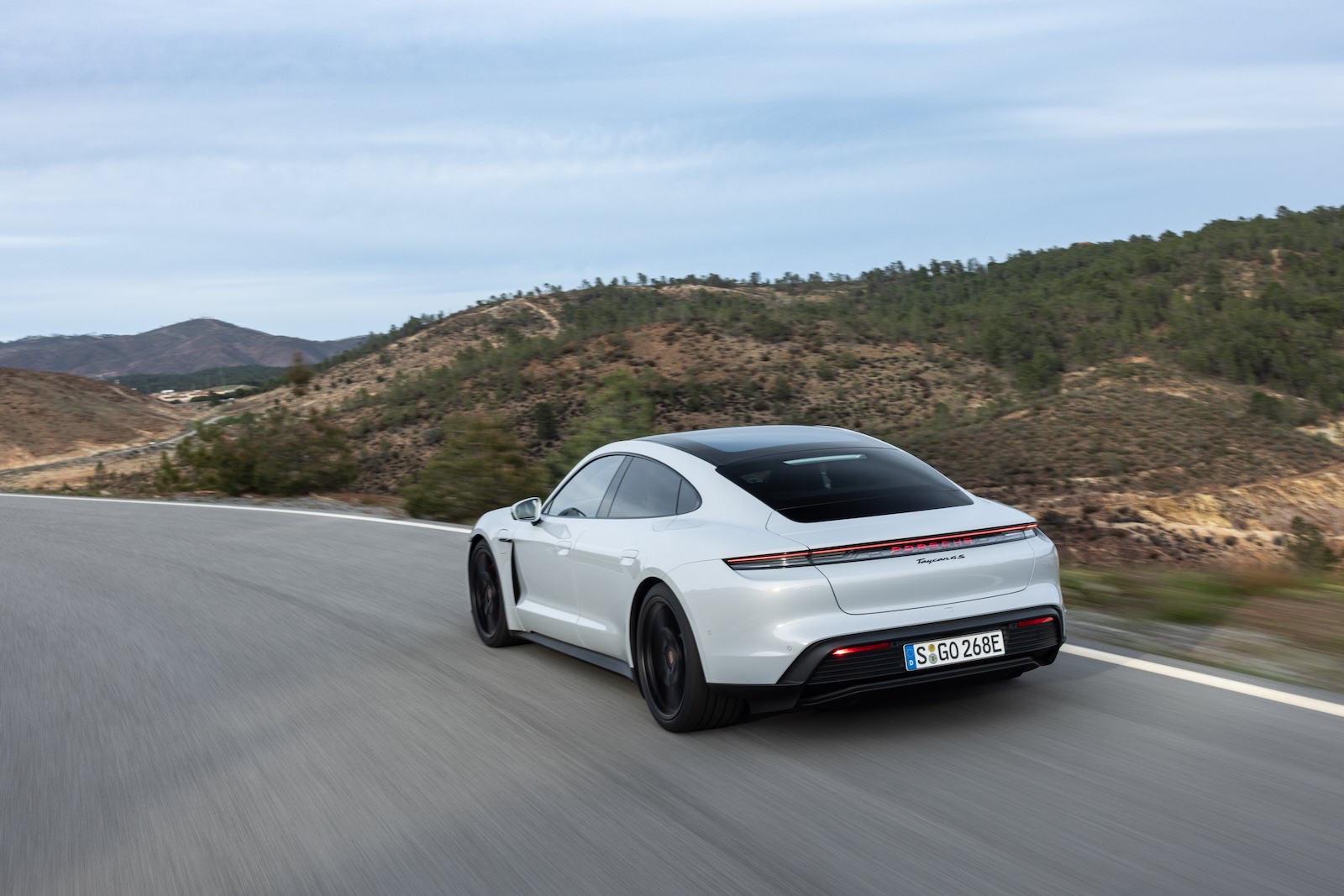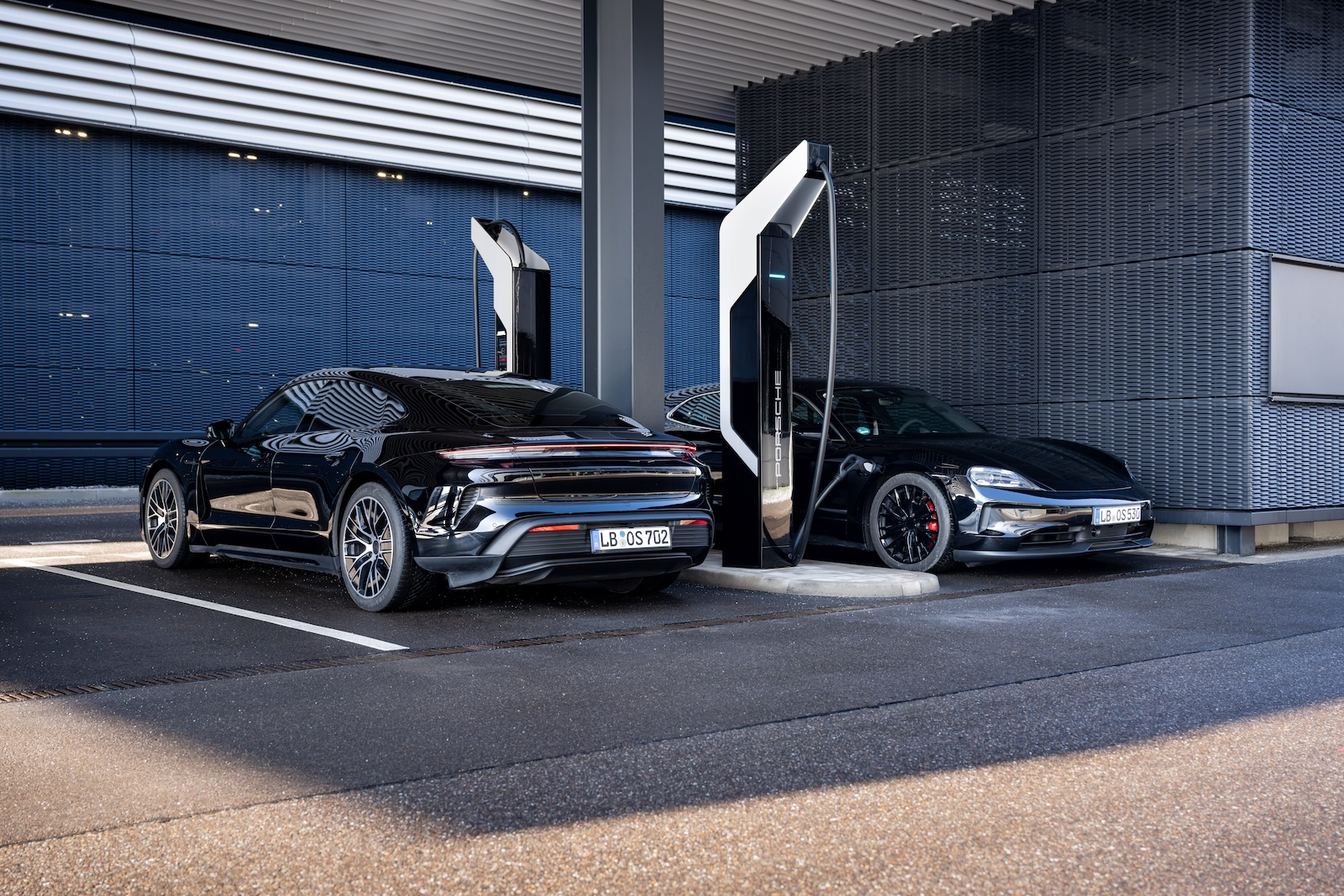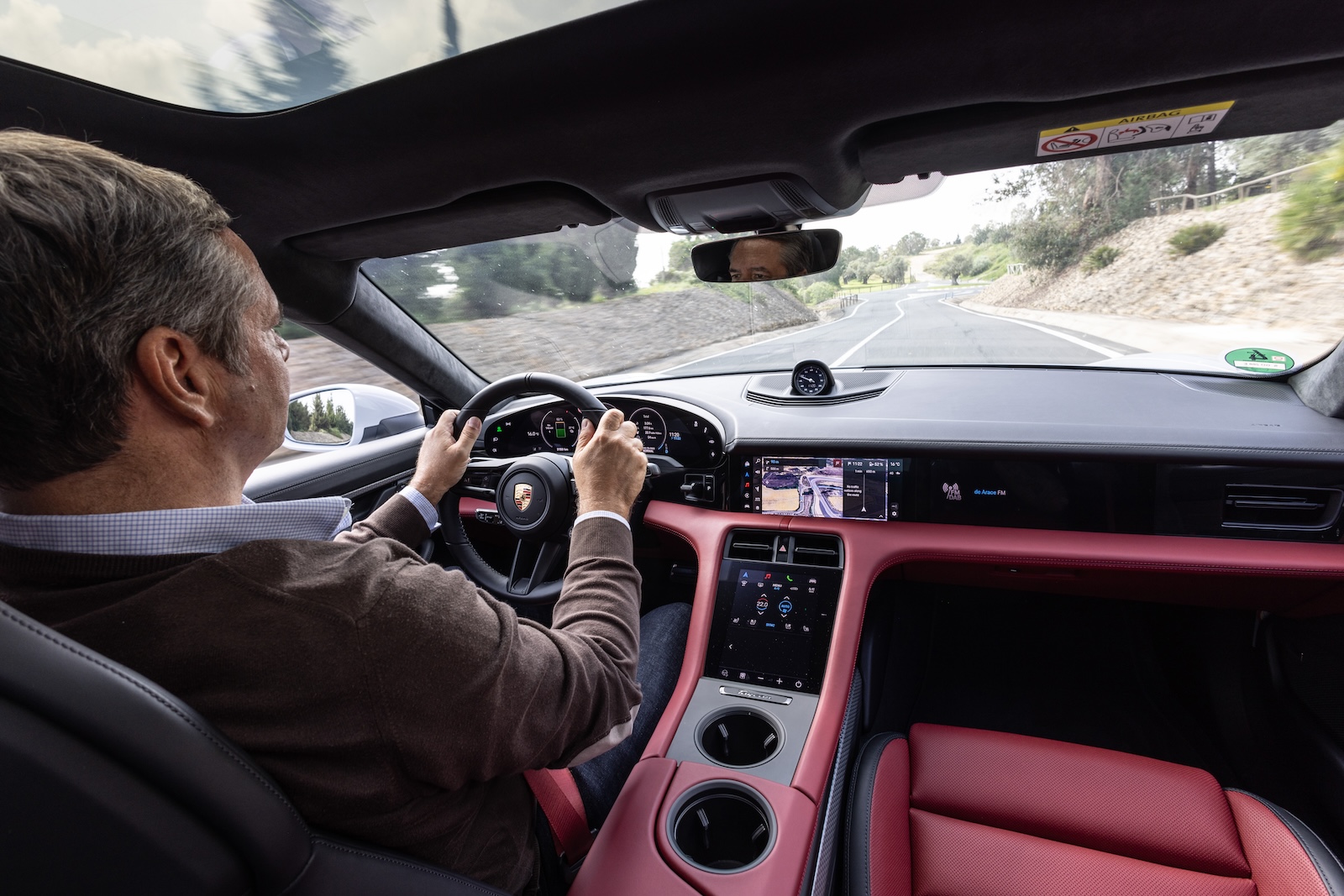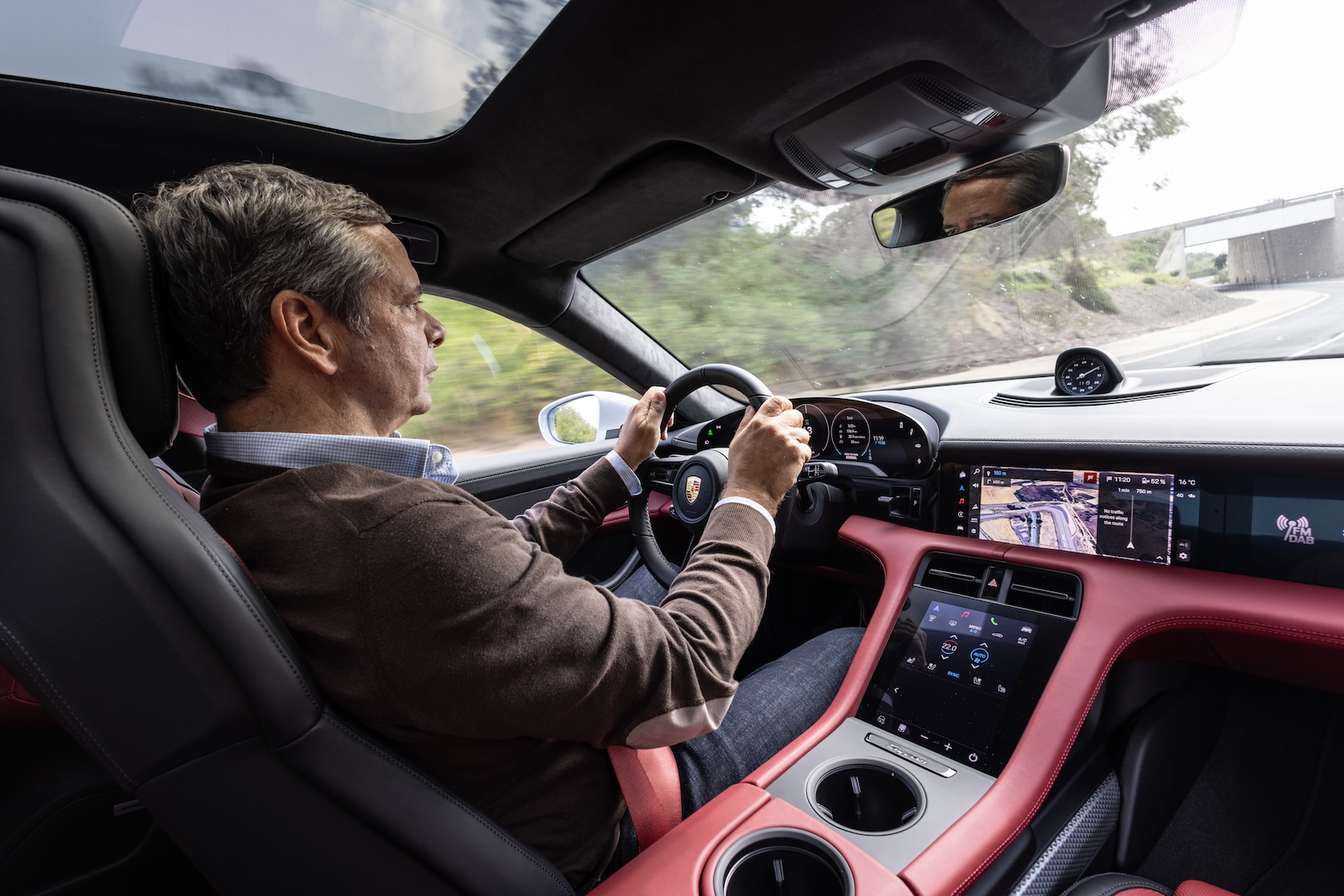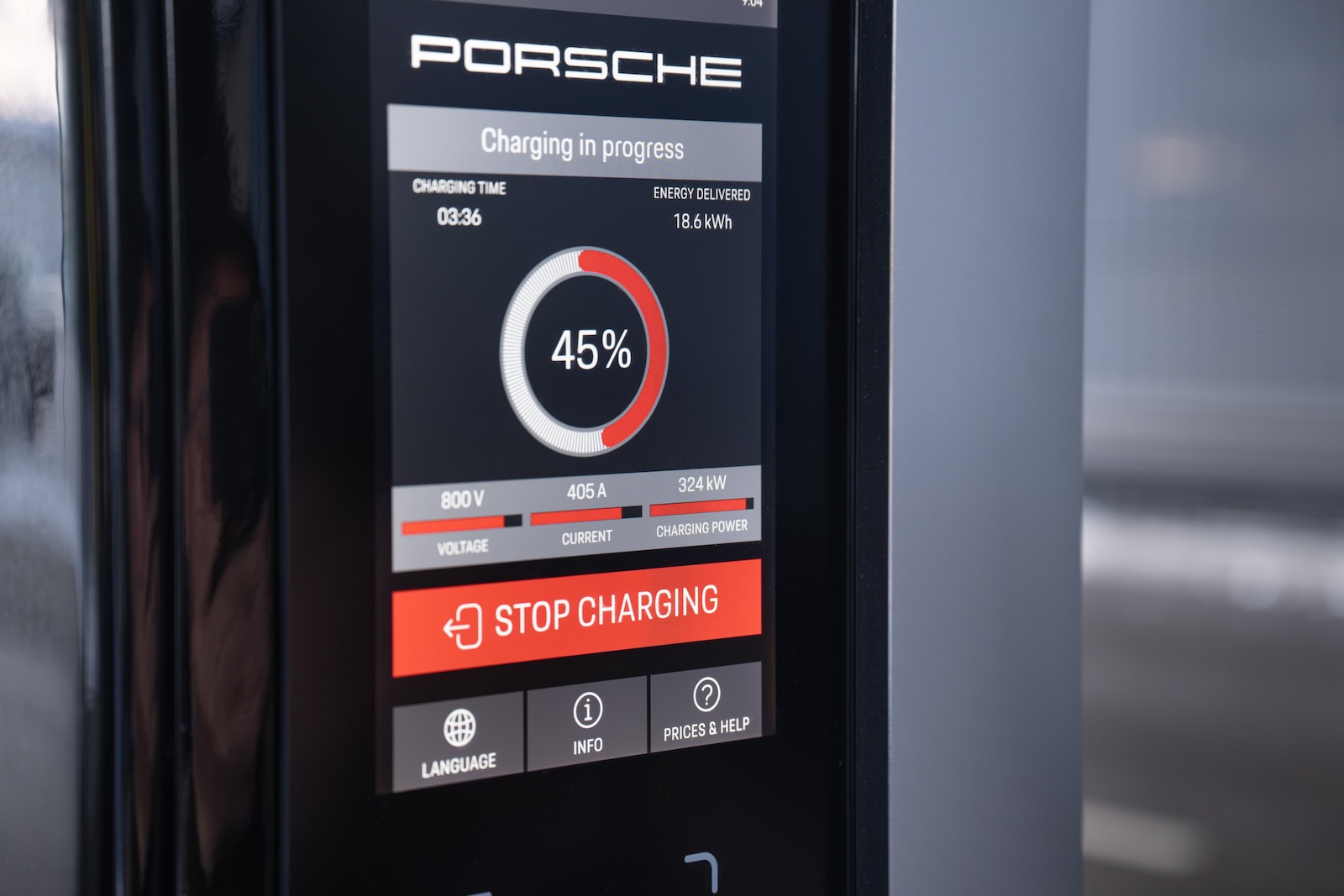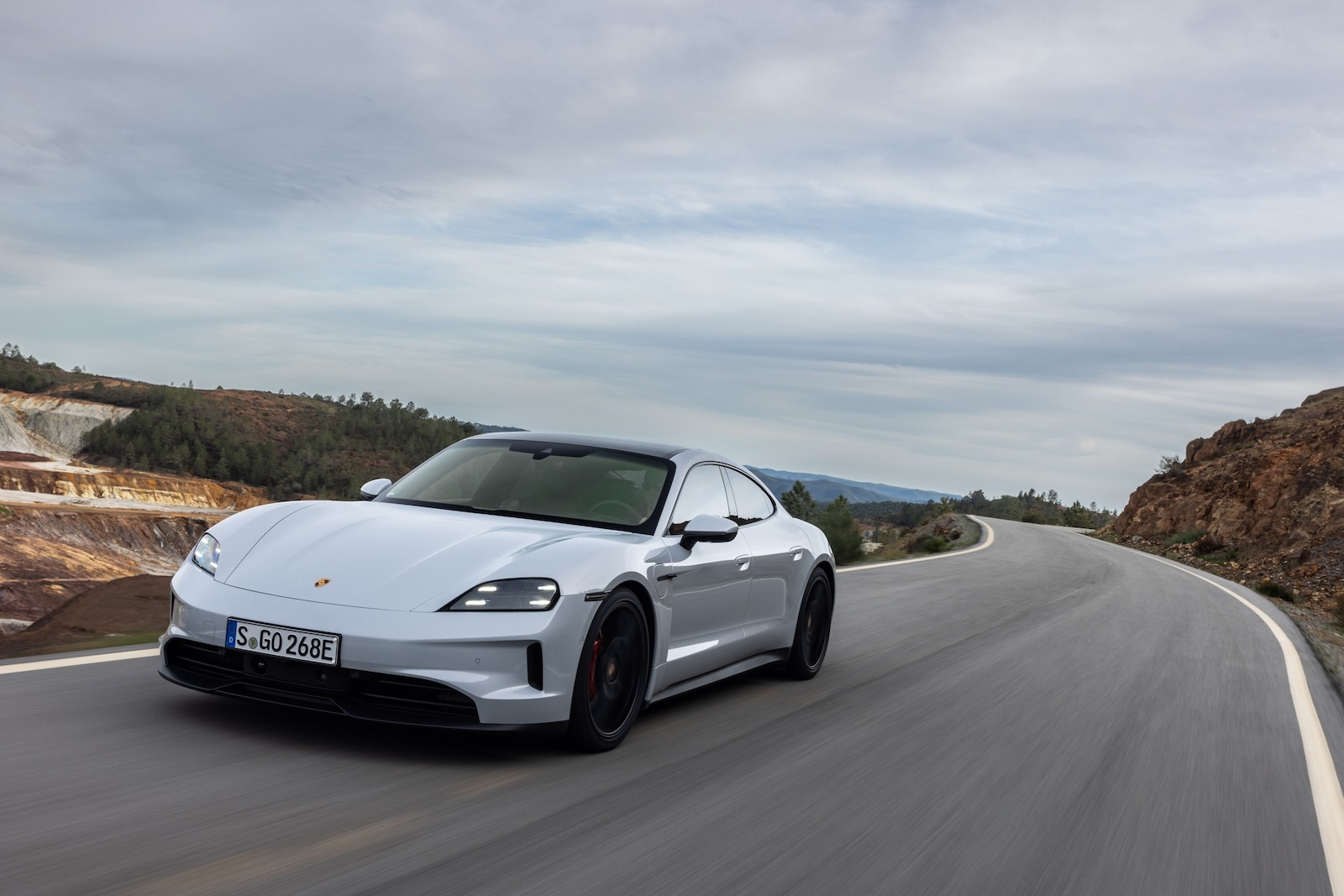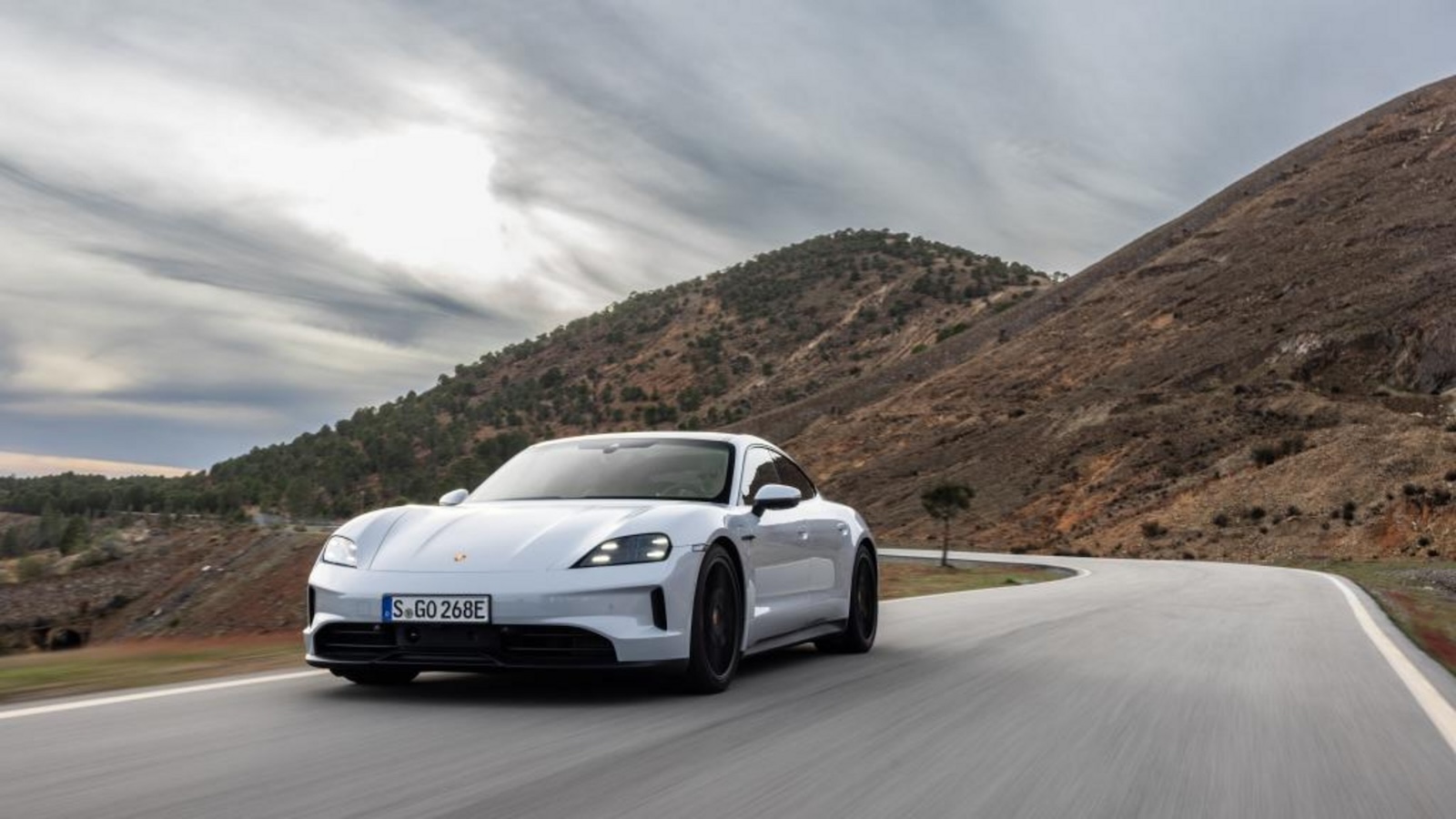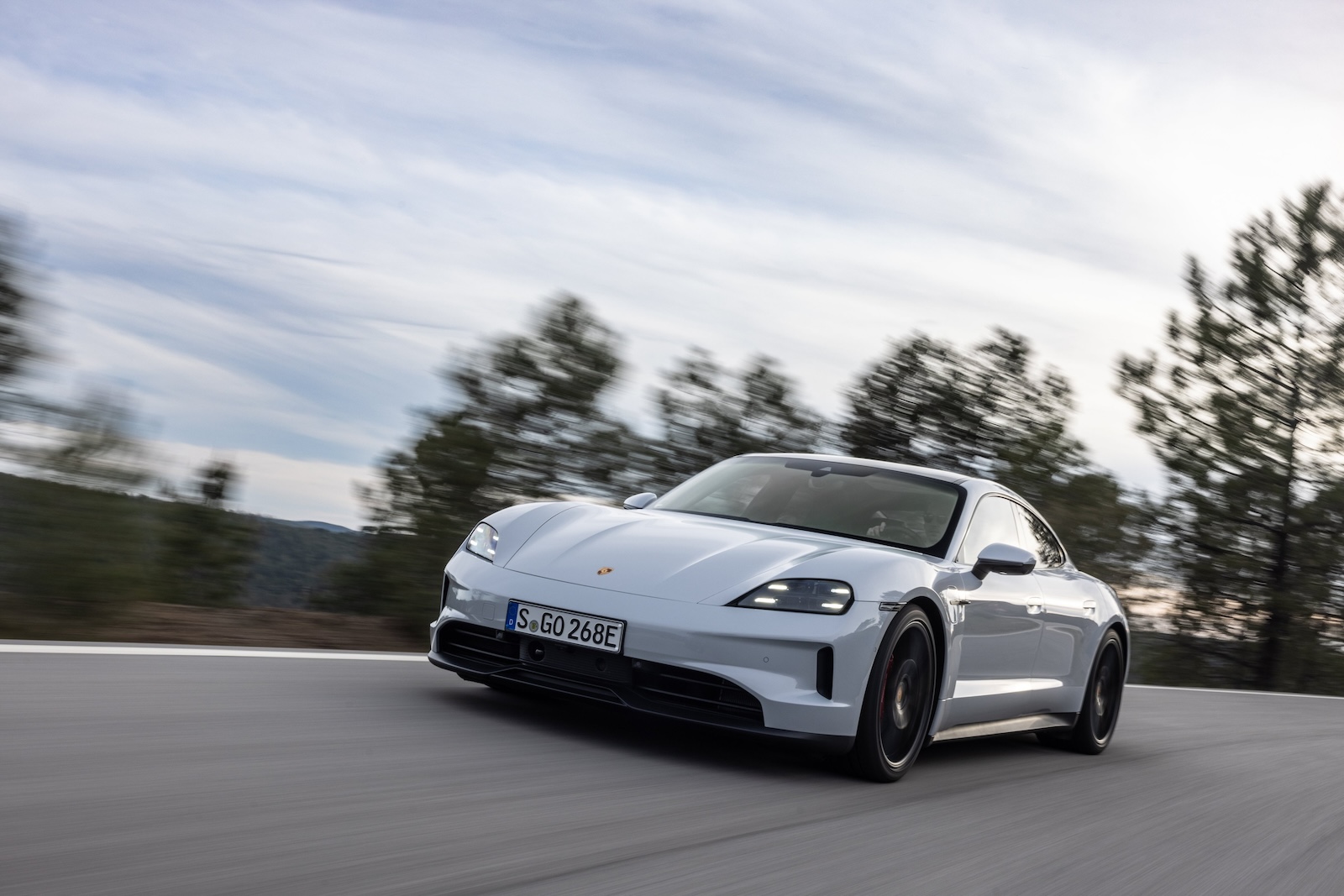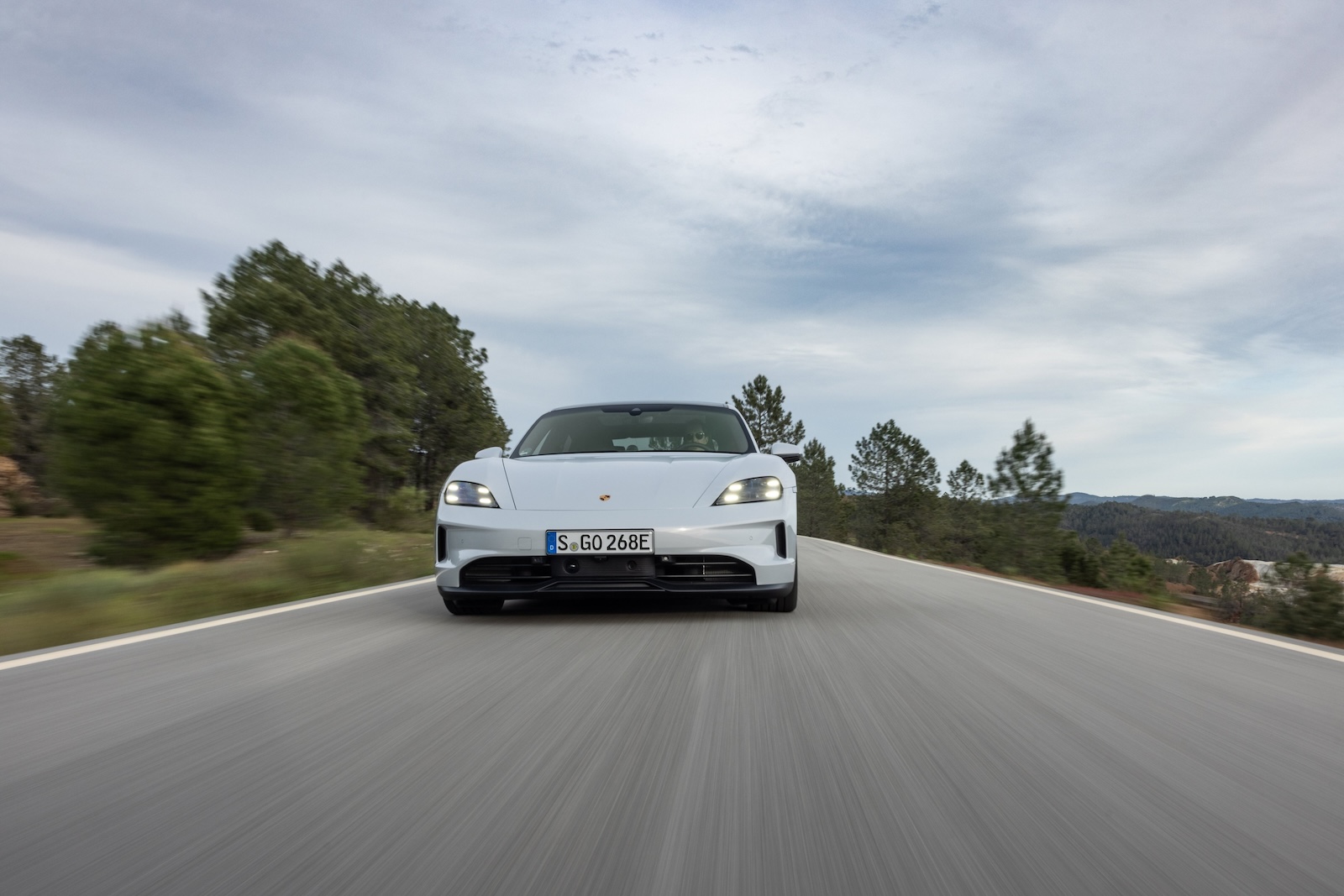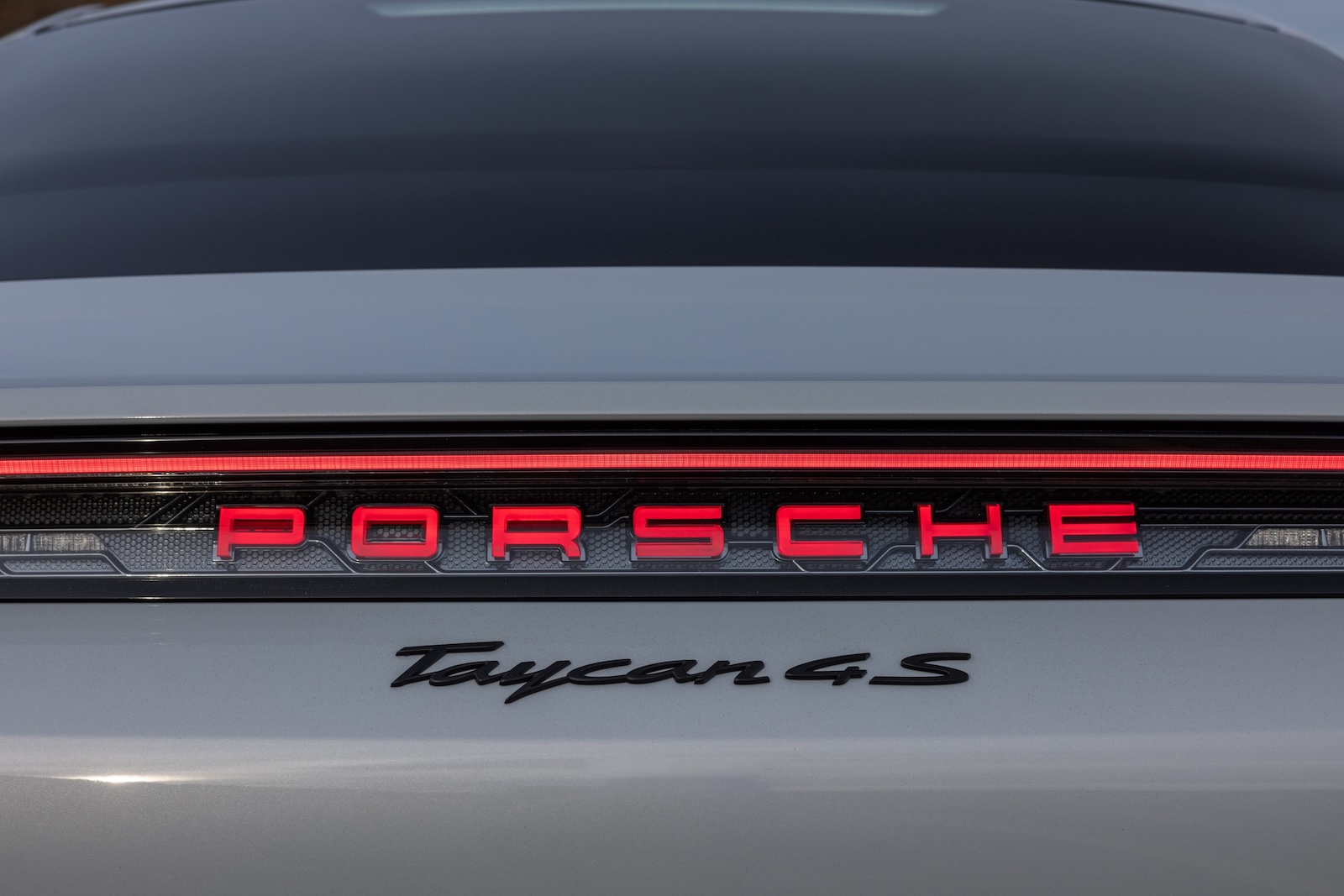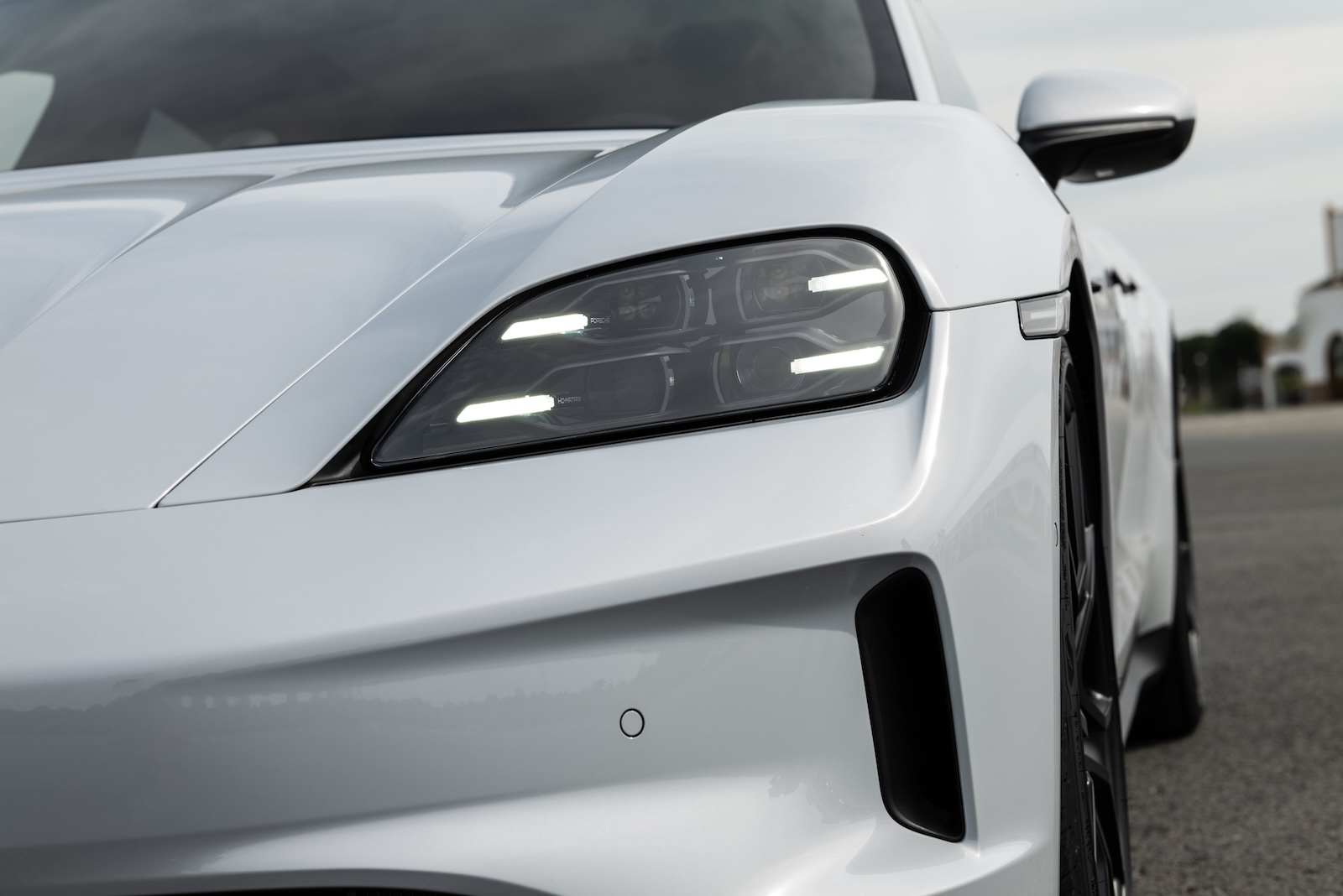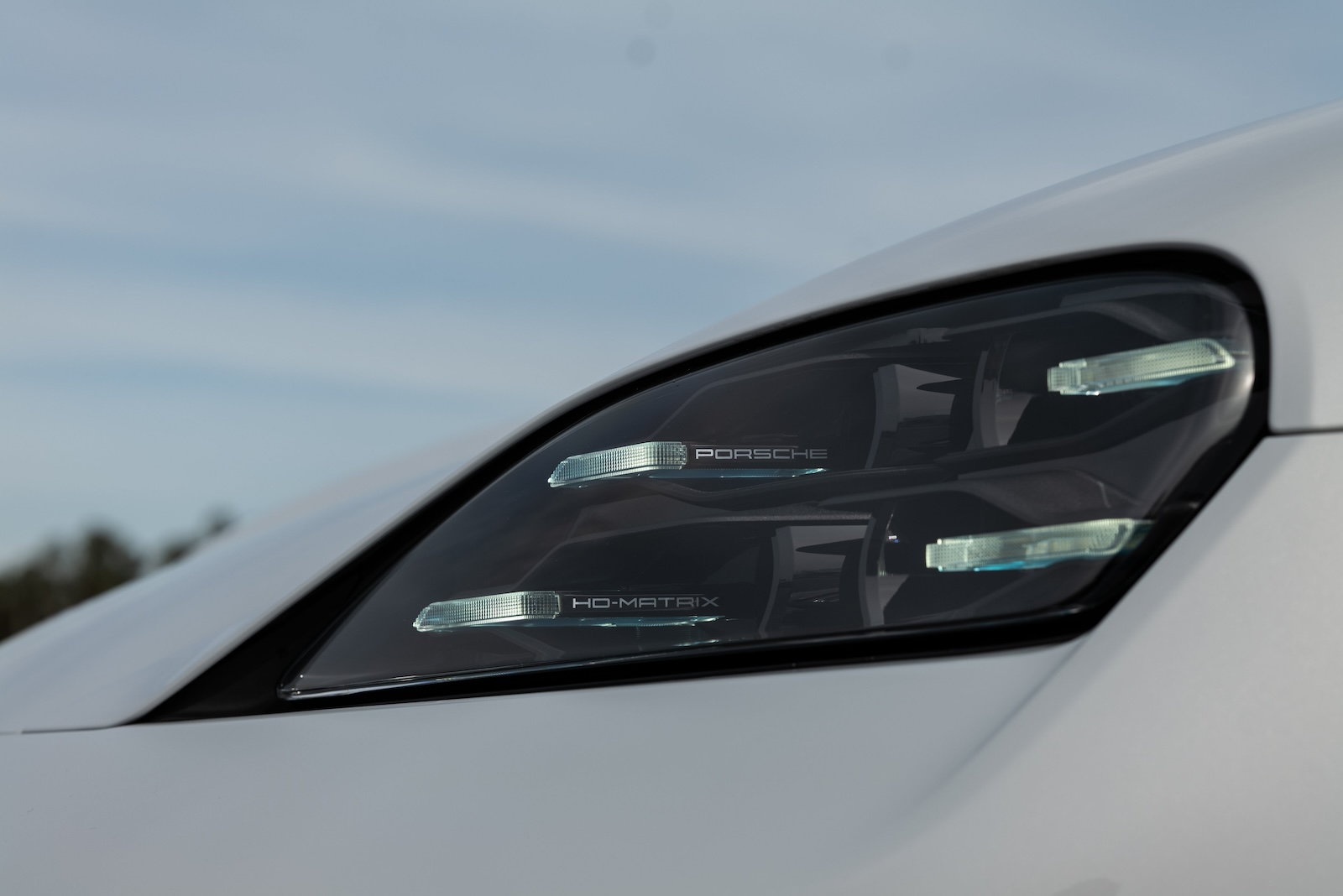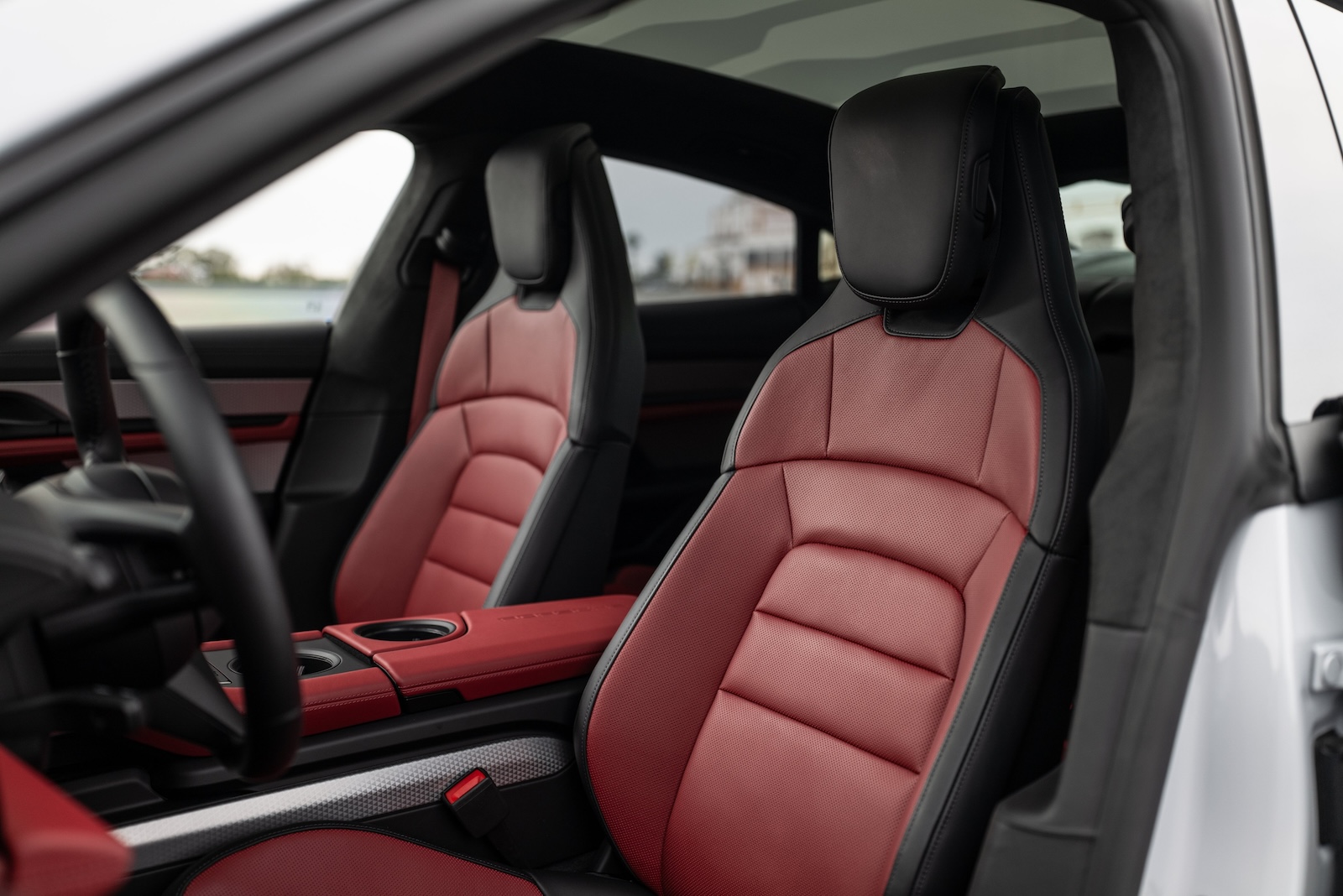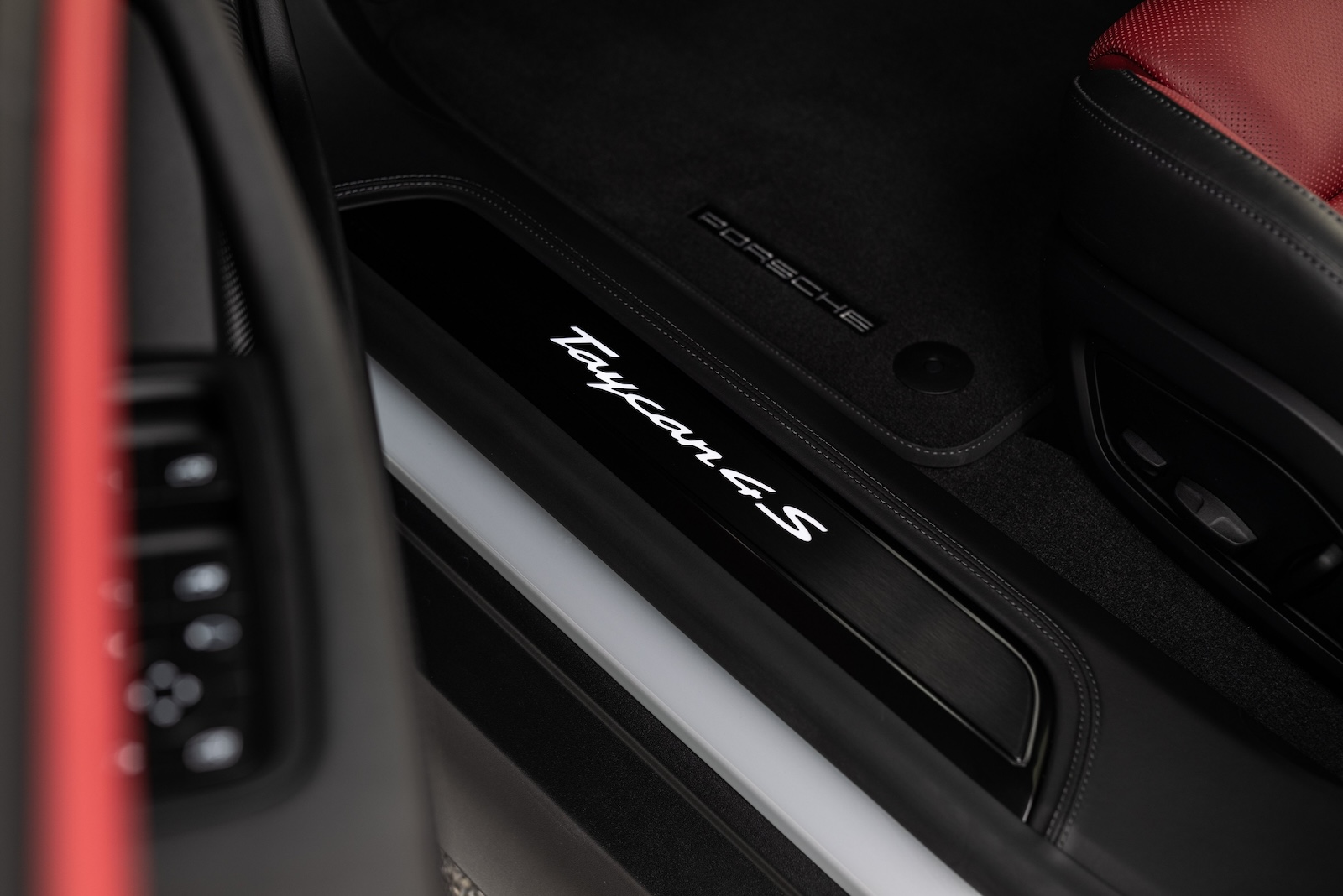The latest iteration of the Porsche Taycan, the 2024 Taycan 4S, welcomes a model refresh. While aesthetic changes are subtle, significant technical advancements have been made, notably in charging capacity, motor performance, and battery size.
Christian Müller, who led the project, emphasizes that the most considerable investment in the new Taycan was in efficiency (29%), followed by performance (25%), and battery charging technology (16%). Two battery sizes are available: the ‘Performance’ with 89 kWh (83.2 usable) and the ‘Performance Plus’ with 105 kWh (97). A notable change in battery chemistry from Nickel-Cobalt-Manganese in a ratio of 811, compared to the previous 622, results in a nine-kilogram lighter battery. This alteration has improved the energy density from 148 to 168 Wh/kg and reduced the minimum temperature for maximum charge capacity from 35 to 15 degrees Celsius. Charging times have been significantly reduced; at 15 degrees, a charge from 10 to 80 percent takes 18 minutes, down from 37. The Taycan’s range has increased by up to 175 kilometers due to lower consumption and higher battery capacity, and the improved charging system now allows for a 315-kilometer top-up in just 10 minutes at a fast-charging station.
Available for sale this spring, the Taycan lineup includes the base Taycan (435 hp), 4S (598 hp), Turbo (884 hp), and Turbo S (952 hp). The first two models come standard with the smaller battery, with an option to upgrade to the 105-kWh pack for an additional €5,521. Peak charging power is 320 kW for the Performance Plus battery and 270 kW for the Performance variant. The engineers have also extended the plateau for the fastest charging.
The new Taycan models continue to boast a robust basic package, including a ladder frame, three mechanical differential locks, and a solid rear axle with front independent suspension. An updated ‘Offroad Cockpit’ makes operation easier, and the models maintain a 100% gradient capability, at least 24 centimeters of ground clearance between axles, a maximum wading depth of 70 centimeters, and stable tilting angles of up to 35 degrees.
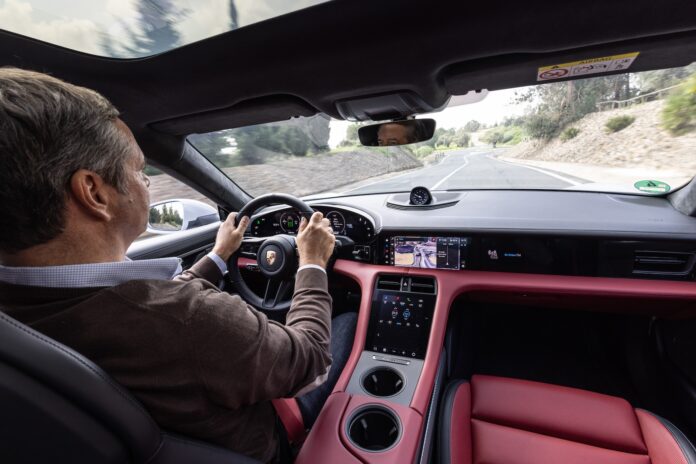
The 4.0-liter eight-cylinder turbo engine, producing 430 kW / 585 hp and a maximum torque of 850 Nm, is reserved for the popular AMG 63 version. The starter generator and 48-volt on-board system provide a short boost from an electric motor delivering 15 kW / 20 hp / 200 Nm. The sporty version of the rugged G-Class accelerates from 0 to 100 km/h in 4.3 seconds with the appropriate performance package and reaches a maximum speed of 240 km/h (220 km/h for other versions) with a standard consumption of 14.7 liters per 100 kilometers.
For those who prefer a less dynamic approach, the other two combustion engine versions are ideal. The Mercedes G 500, powered by a 3.0-liter inline six-cylinder engine, produces 330 kW / 449 hp and 560 Nm, plus a short 15 kW / 20 hp / 200 Nm boost. Particularly in Europe, many might opt for the Mercedes G 450d, whose 3.0-liter common-rail diesel engine delivers 270 kW / 367 hp and 750 Nm, with the same boost function, and a more modest consumption of 8.7 liters per 100 kilometers.
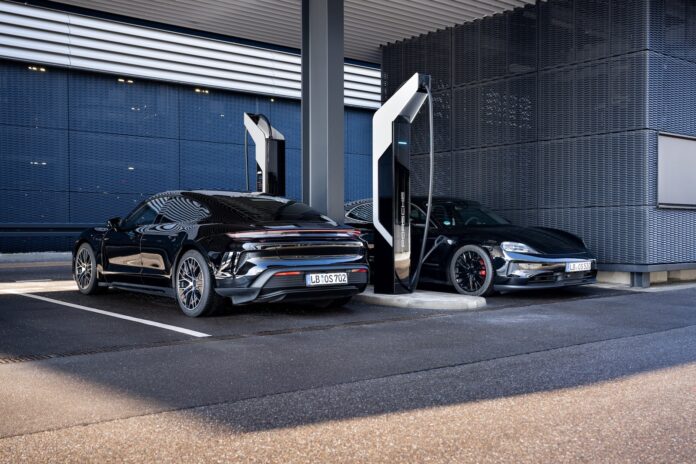
All models transmit power through a nine-speed automatic gearbox to both axles, with a transfer case
distributing torque 40% to the front and 60% to the rear. An intelligent multi-plate clutch ensures maximum maneuverability, acting like an automatically regulated locking differential and switching to a fixed lock with 100% locking effect when the switch for the lock in the center differential is activated.
New to the G-Class is the suspension with hydraulic roll stabilization and adaptive adjustable damping, available either as a separate option or as part of the off-road packages. Active hydraulic elements replace traditional mechanical torsion bar stabilizers. The adaptive shock absorbers are equipped with two hydraulic connections – one each for compression and rebound stages. The shock absorber chambers at all four wheels are connected via hydraulic lines and the valve island. The driver of the G-Class, priced at a minimum of €122,800, can enjoy not just the high-tech suspension but also new assistance systems and two 12.3-inch instrument displays with touch control.


